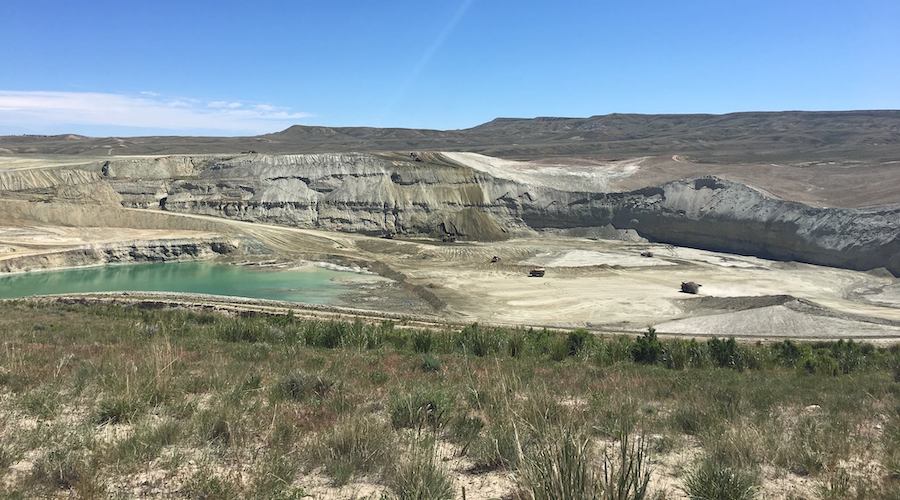Novel mine reclamation techniques prove effective

Novel mine reclamation techniques can improve ecosystem diversity, new research has found.
According to a study by the University of Wyoming, reclaiming lands disturbed by surface mining using geomorphic reclamation is having positive results, including restoration of foundation species.
The research was carried out at former uranium and coal mine sites in central and southwest Wyoming reclaimed under the Wyoming Department of Environmental Quality’s Abandoned Mine Land program. It found that areas reclaimed using geomorphic reclamation had greater species diversity and improved plant community structure when compared with areas reclaimed using traditional practices.
The issue has particular relevance for Wyoming, where nearly 90,000 acres have been disturbed by surface mining and many more have been permitted for future mining
“There is strong evidence that geomorphic reclamation may be a better candidate than traditional reclamation to restore foundation species such as sagebrush in Wyoming,” Kristina Hufford, one of the study’s authors, said in a media statement.
In Hufford’s view, traditional reclamation techniques normally create landscapes with uniform topography and linear slopes, sometimes resulting in problems with erosion, as well as less-than-desired revegetation.
Geomorphic reclamation, however, is a relatively novel approach intended to mimic the topography of nearby undisturbed lands, with a wide variety of seeds and terrain that is stable and less susceptible to erosion.
At the test mine sites, both new and traditional methods were used and even though geomorphic reclamation didn’t result in landscapes exactly matching undisturbed rangeland, the researchers found that this technique was more successful because there was more plant diversity and species richness, including larger numbers of shrubs such as sagebrush and rabbitbrush.
“The results of geomorphic reclamation for shrub recovery may have benefits for species that depend upon sagebrush,” Hufford said.
More News
Rio Tinto, Founders Factory’s Mining Tech Accelerator invests in startups from US and OZ
April 23, 2025 | 04:02 pm
{{ commodity.name }}
{{ post.title }}
{{ post.date }}



Comments